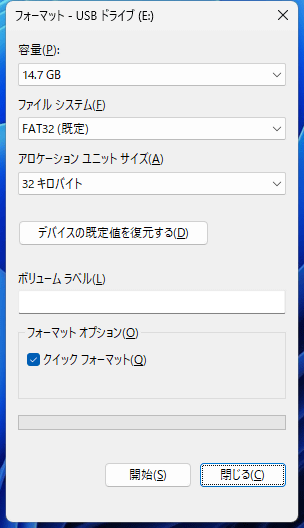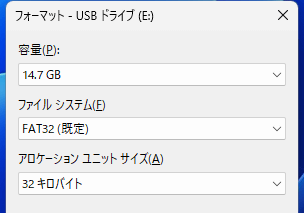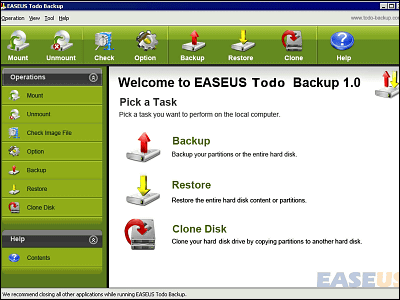The Windows 'Format' screen reuses the provisional UI from 1994, and there is some variation in the notation.

When using an SD card or USB memory in Windows, you will often see the 'format' screen to initialize the data. Former Microsoft employee David Plummer tells the story behind the creation of this format screen.
I wrote this Format dialog back on a rainy Thursday morning at Microsoft in late 1994, I think it was.
— Dave W Plummer (@davepl1968) March 24, 2024
We were porting the bajillion lines of code from the Windows95 user interface over to NT, and Format was just one of those areas where WindowsNT was different enough from… pic.twitter.com/PbrhQe0n3K
Mr. Plummer is a person who has been involved in the development of Windows task manager, pinball, activation system, etc. According to Mr. Plummer, the development of the format screen was done on a rainy Thursday at the end of 1994. At the time, Microsoft was in the process of porting the Windows 95 UI to Windows NT-based operating systems. Since the format screen was a UI that was strongly influenced by the differences between Windows 95 and Windows NT OS, Mr. Plummer was forced to create a new format screen.
Mr. Plummer wrote out the necessary setting items such as ``file system'', ``cluster size (allocation unit size)'', and ``volume label'' on paper, and simply arranged the various setting items vertically using Microsoft Visual C++ resource editor. At this time, Plummer thought, ``It's not an elegant UI, but it's fine as a temporary UI until an elegant UI comes out.'' However, the 'temporary UI' remained in Windows for several decades after that.

The fact that the formatting screen is a temporary UI is due to the notation ``Although ``:'' is written to the right of ``Capacity (P)'', ``:'' is not written for other items.'' It is also visible in the shaking. Mr. Plummer, who was pointed out about this notation fluctuation, replied , ``Well, I don't know if it can be done, but I'll have someone report the bug.''

By the way, in the German version of Windows, it is said that the spelling fluctuation issue has been resolved in Windows 11 22H2, which was released in 2022, so it seems possible that it will be resolved in other languages in the future.
It is fixed in 22H2 (Build 22621.3296) pic.twitter.com/EOELiYJ1up
— @Motochen/@mastodon.social/ ???????? ❤️ (@Motochen) March 25, 2024
According to Mr. Plummer, because it became necessary to determine the maximum volume size when creating the format screen, the volume size that can be created with FAT32 on the Windows format screen is now limited to 32 GB. . This volume size of 32GB seems to have been a 'temporary value' that was suddenly thought of during development, but it has since been inherited as the FAT32 specification in Windows. In response to the fact that the UI and capacity limits created with the intention of being ``temporary'' continued to be used for a long time, Mr. Plummer advises, ``Remember, there is no such thing as ``temporary.''
◆Forum now open
A forum related to this article has been set up on the GIGAZINE official Discord server . Anyone can write freely, so please feel free to comment! If you do not have a Discord account, please create one by referring to the article explaining how to create an account!
• Discord | “Are you dissatisfied with the “Format” screen in Windows? Is it okay to leave it as is? ' | GIGAZINE
https://discord.com/channels/1037961069903216680/1222121496890183762
Related Posts:







